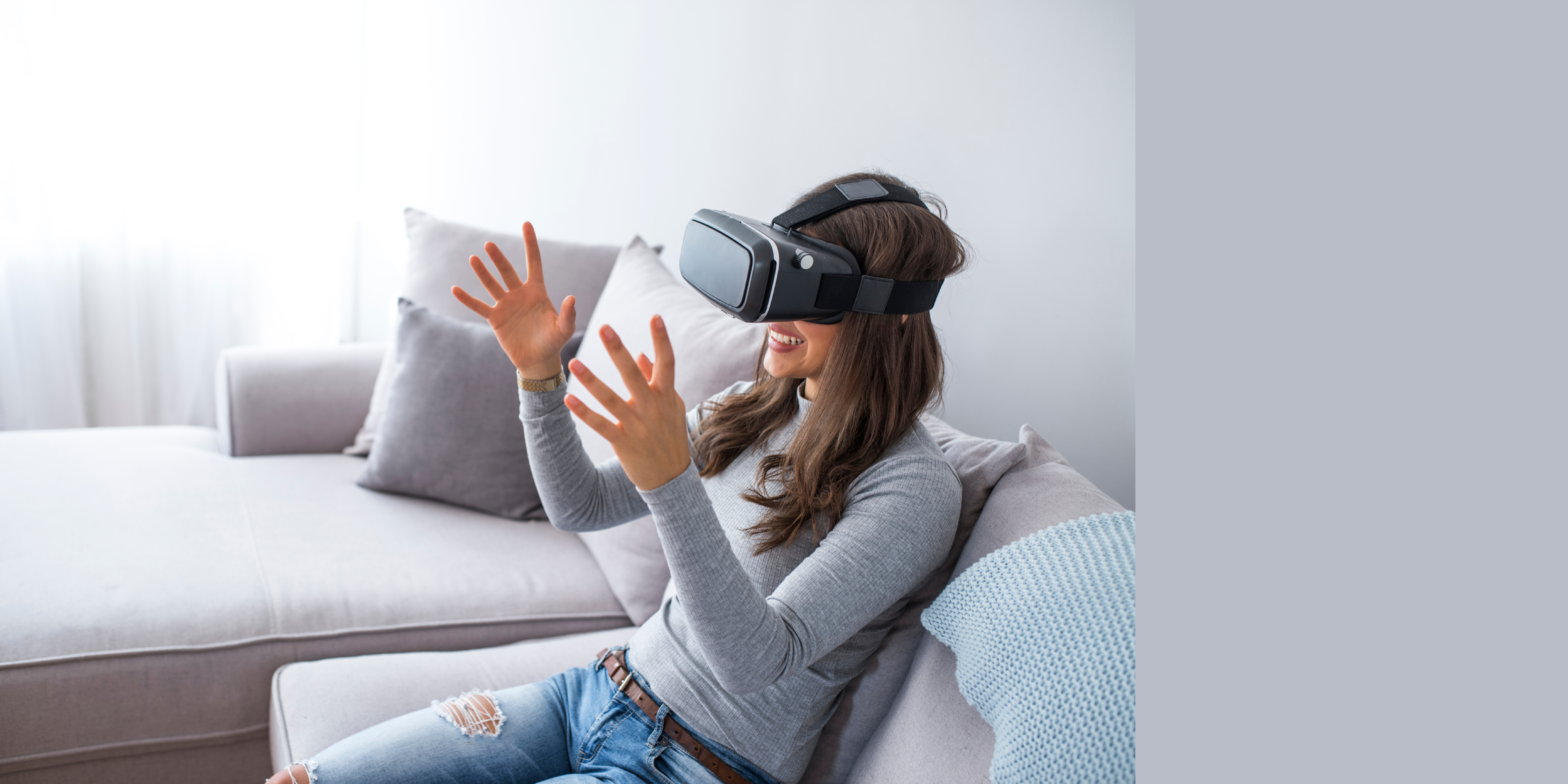
VR Training is becoming accepted as the next generation in employee training (1). This training includes making chicken sandwiches, flying jets, or handling dangerous oil spills (2). Traditional employee training relied on classroom-style learning from an assigned instructor. Many experts agree that this old training style is becoming a thing of the past (3).
This article will focus your attention on why VR Training will exceed $6.3 Billion in spending in 2022 (4). Early pioneers such as Wal-Mart, KFC, and Accenture are paving the way for this new level of training to become commonplace in the next year or two.
Traditional employee training has been called boring and antiquated. VR Training is radically different as it brings the learner into a VR environment where they can experience training in a fun and engaging manner. This immersive training will help to facilitate a culture of training that will be active and ongoing (5).
Numerous VR Training projects have determined that immersive training increases the amount learned and retained in employee training (6). Walmart discovered that its VR Training program increased retention by 15% (7).
Traditional employee training has been around traditional classroom settings where the learner is instructed on auditory and written learning models (8).
Additionally, this old style provides facts that need to be memorized for a test. Many experts now assert that this information consumption is not learning. Being informed of something isn’t the same as being educated on a topic (9).
VR Training is racially different as it focuses on learning as doing. As a result, it’s not a test of what facts they have learned. It’s a teaching method that measures the education level by solving a problem or fulfilling a quest (for example).
VR Training offers HR Managers the opportunity to create their training curriculum around the idea that practice makes perfect (10). In traditional training, learners receive a grade or pass/fail assessment.
In immersive learning, employees can learn from their mistakes and redo the learning exercise until they understand the lesson.
VR Training offers learners the opportunity to learn by doing. This approach differs from reading instructions on a pdf, for example (11). As a result, VR Training has been validated to support employees in retaining a higher level of education in a shorter amount of time (12).